5 Mother's Day Gift Ideas That Are Also Good Long-Term Investments
The value of these Mother's Day gifts will grow over time.

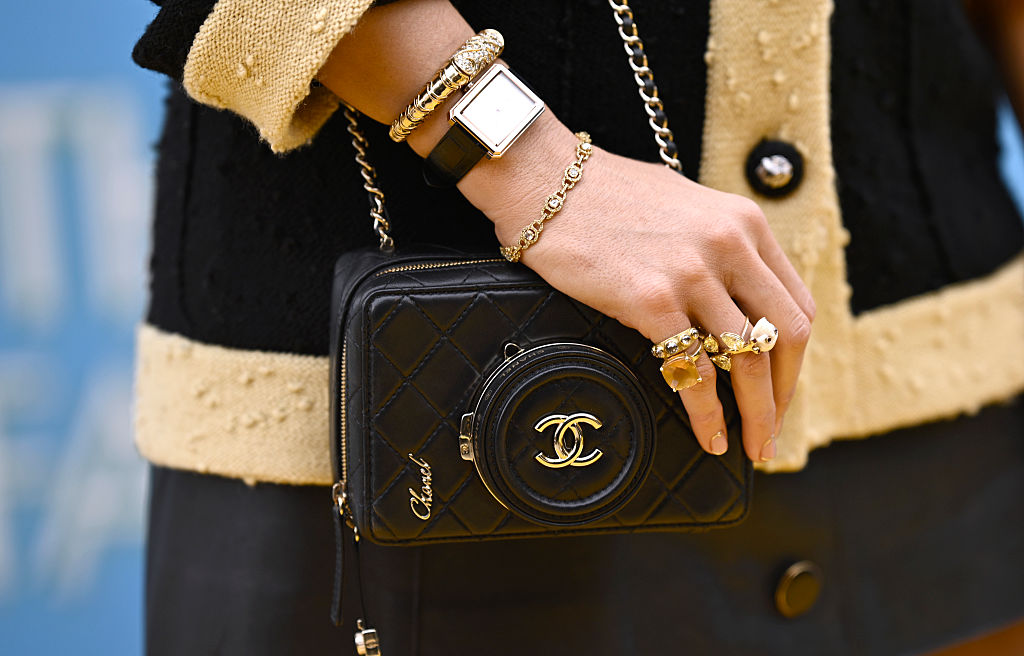
Mother's Day only comes around once per year (May 11 in 2025), but moms deserve to be appreciated every day. This year, why not show the mom in your life your everlasting love with a gift that will keep on giving for decades to come?
Instead of flowers that will wilt within a week or chocolates that won't last the night, give her a gift that will appreciate in value over time. This way she gets the joy of a meaningful gift now — and the lasting value of something that grows with time.
Here are some of the best Mother's Day gifts that can also make good long-term investments.
Jewelry
With intrinsic value, practical utility and deep emotional resonance, jewelry can be a unique and meaningful Mother's Day gift, says Jonathan Goldberg, founder and CEO of Kimberfire, a technology-driven jewelry brand bridging the gap between online and offline diamond jewelry retail.
High-quality jewelry has a strong resale value and precious metals like gold and platinum are common additions to investor portfolios to hedge against inflation. For example, gold has outperformed U.S. inflation by an average of 3% per year over the past 40 years.
The key is to purchase fine jewelry from the source, meaning direct-to-consumer retailers who purchase from the manufacturer, Goldberg says. This helps ensure quality while also avoiding any retailer markup on price. Some options include Goldberg's company, Kimberfire — which, he says, purchases diamonds right from the manufacturer and has pieces manufactured directly for clients — as well as Quince and Aurate, both of which focus on sustainable jewelry.
"It's important that the purchase experience be transparent regarding quality, options and pricing, and that trusted third party certifications and appraisals are provided," he advises.
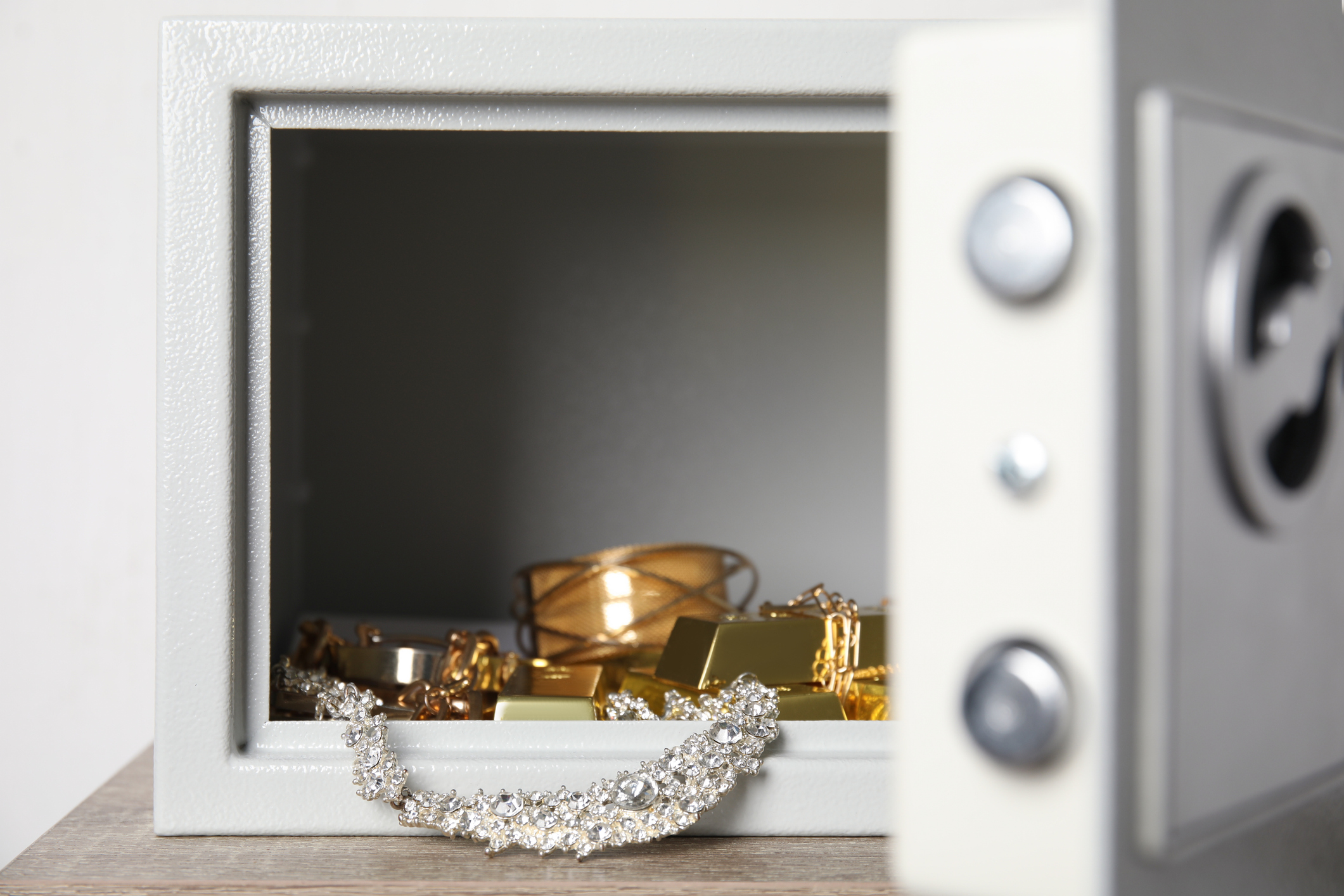
Tell Mom to hang onto those certifications and appraisals since they're essential for resale or inheritance. It's also a good idea to keep the original packaging and receipts, which can help boost resale value.
Some jewelry Goldberg recommends include diamond stud earrings, tennis bracelets and natural diamonds. If your mom isn't a diamond person, you can find similar designs with colored stones or even in plain gold.
"For an investment piece, what is important is that any stones used are natural," he says. Lab-grown diamonds and gemstones may look nice, but they won't retain their value over time.
"Store your investment jewelry in a dry, padded box, and always make sure your pieces are insured while stored and while being worn out of the home," he adds. And, just like your investment portfolio, you should have your jewelry inspected and cleaned at least annually by a trusted jeweler.
2. Handbags
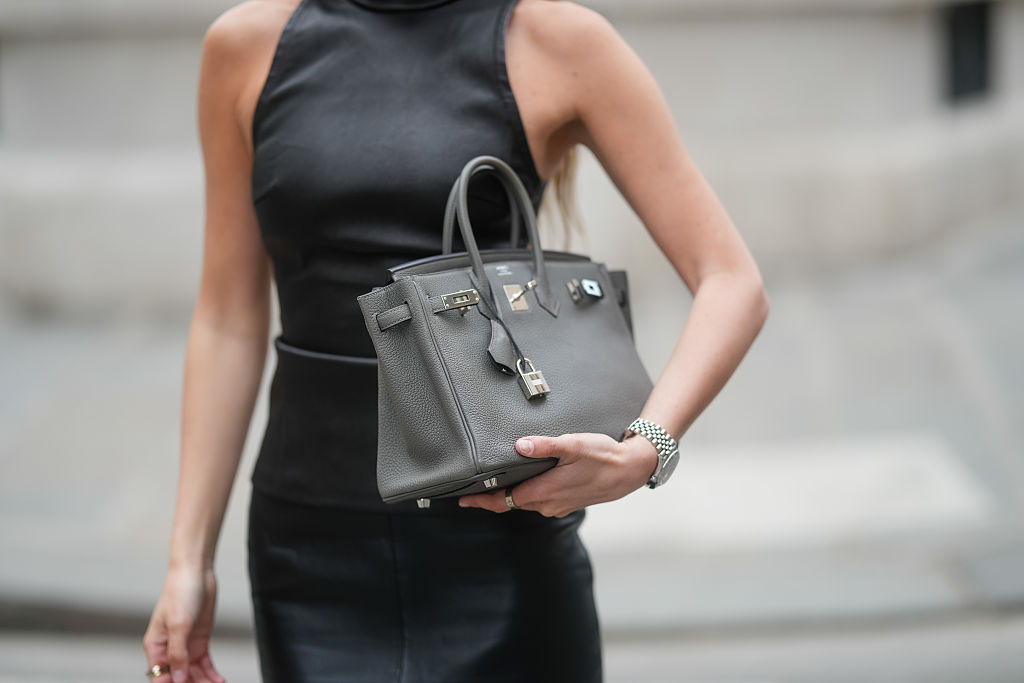
When chosen well, handbags can be both a stunning accessory and smart long-term investment. The Hermés Birkin bag appreciated in value by 14.2% between 1980 and 2015, outperforming the S&P 500, according to a study by Baghunter.
But not all luxury handbags have the same investment potential. "Hermés, Van Cleef + Arpels, Cartier and Bulgari hold their value incredibly well and can be resold at a higher value than the original retail price since they are so difficult to source," says Dana Auslander, founder of luxury alternative asset manager and marketplace LUXUS.
If price isn't a concern, Auslander suggests focusing on "clear winners" like these. Alternatively, Chanel and Prada handbags can be more cost effective and accessible through boutiques.
"Other luxury brands such as Gucci, Bottega and Balenciaga are less valuable and sell at a discount to retail," she says.
Whichever brand you choose, be sure to purchase bags directly from the brand or a reputable reseller with an authentication process.
"Be cautious about authenticity, valuation and condition," Auslander says. "If you are buying from the store, condition is obviously guaranteed, but if you are buying on the secondary market, this is where I would be the most cautious."
3. Art
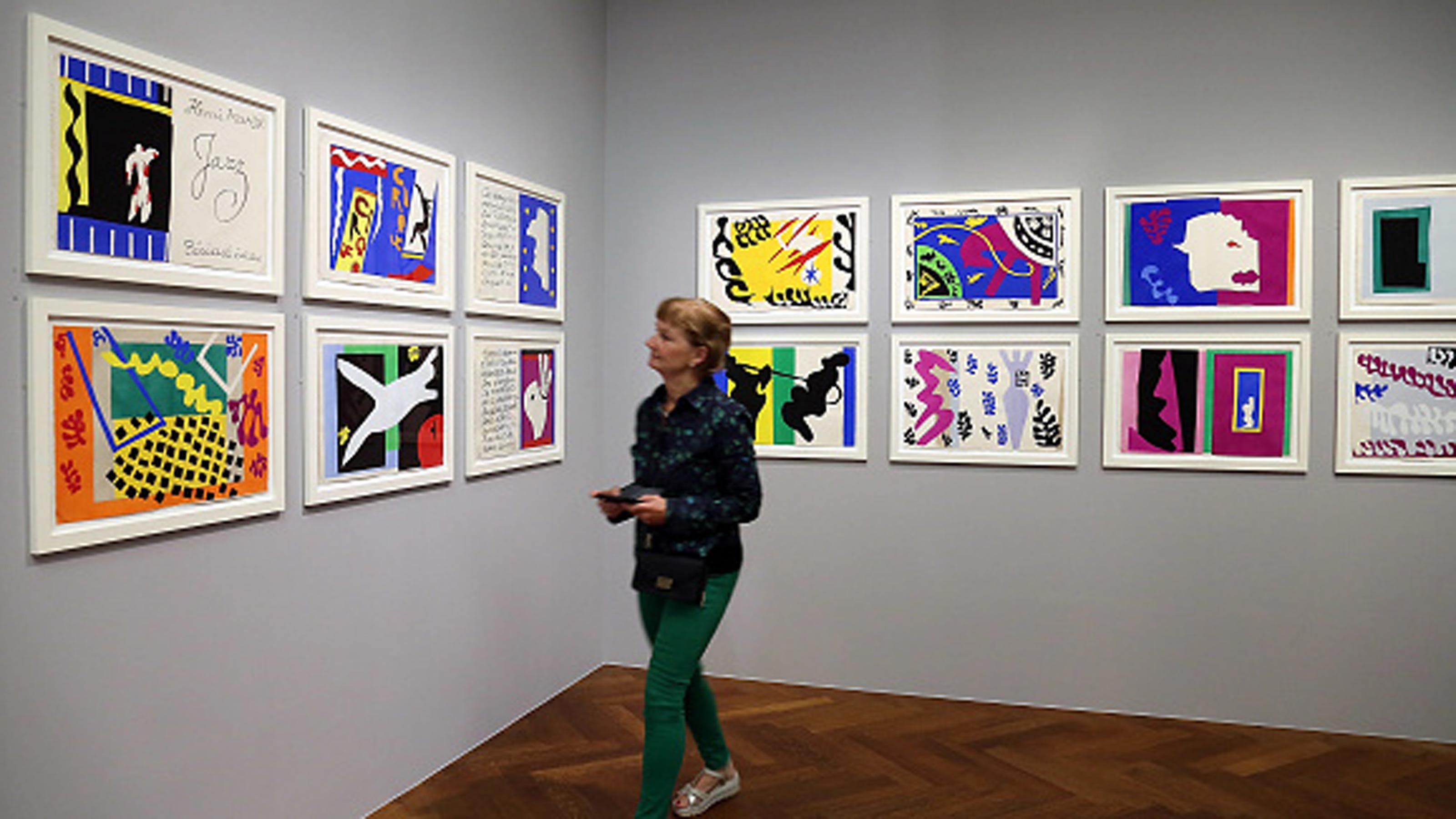
Artwork is another asset with investment value that also offers immediate gratification. Mom gets to admire her painting today, while knowing it'll be worth even more money in the future.
"Pre-established artists in the fine arts field provide the most secure investment potential," says Jordan Kalteux Davies, attorney at Knowles Gallant Timmons. "If established artists are outside your budget, consider researching renowned art schools and recent graduates. Emerging artists can also yield strong returns as they gain recognition."
Where to purchase an investment-grade work of art will depend on the type of art you're interested in buying. Contemporary pieces can be found at places like Artsy and Artnet. More historical works are better sought at auction houses like Christie's, Sotheby's and Bonhams.
Private collectors, individual galleries and even antique shops can also yield lucrative finds. For more guidance, there are art advisors who can help, such as through the Association of Professional Art Advisors or Arts Consulting Group.
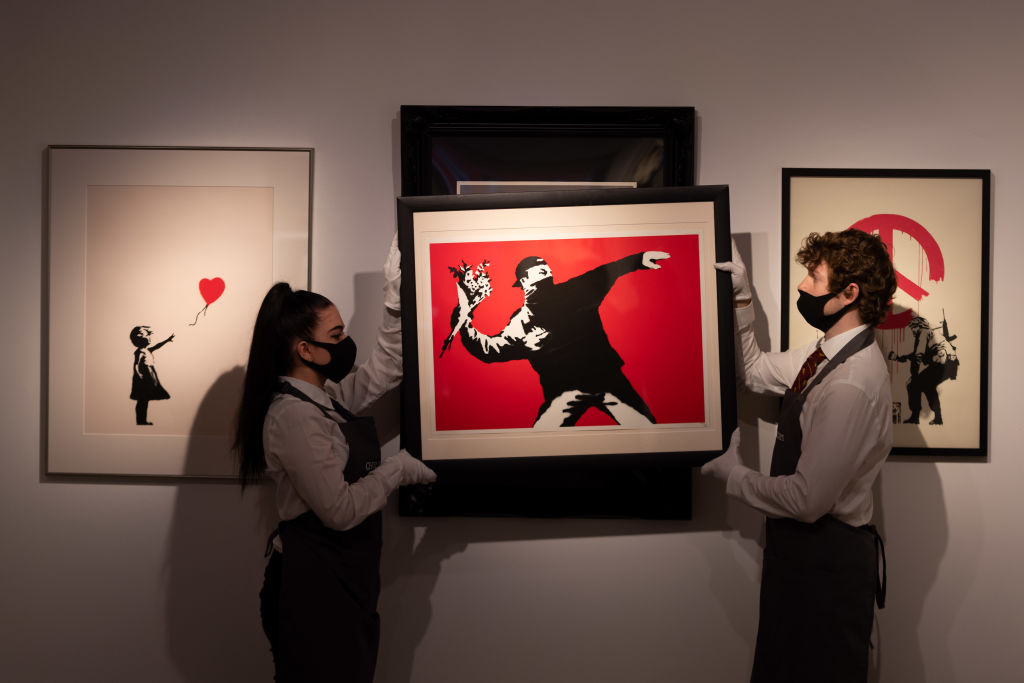
You can determine a piece of art's investment potential by looking at historical prices for other works by the same artist. If the sale price increases more than inflation during the time period, you've got a potential investment.
"As of 2025, works by Andy Warhol, Banksy, Pablo Picasso and Loie Hollowell ranked among the most sought-after for return on investment, with average ROIs ranging from 8% to 11%," Davies says.
It's important to note that you likely won't receive a deed or official title with your purchase. "For substantial investments, it may be wise to purchase title insurance to protect your ownership rights against potential claims or disputes," Davies says. You should also check if the piece has ever been used as collateral, as this could compromise full ownership rights.
Finally, copyright in the U.S. is automatically granted to the artist at the time of creation and remains with the artist even if the work is sold. "If you wish to reproduce or sell the work in the future, make sure the copyright transfer is part of the transaction," Davies says.
4. Wine

You may not think of investment potential when you think of wine — more like drinking potential — but fine wine can fit as nicely in Mom's investment portfolio as her cellar. However, not all wine makes a good long-term investment.
Wines that can stand the test of time need to come from recognized "blue chip" wineries, be from "special vintages when the growing season had ideal weather and temperature," and have a tannic structure and acidity that provides longevity, says Asher Rubinstein, partner at Gallet Dreyer & Berkey, a law firm specializing in domestic and international asset protection, who is also an avid wine collector. "Wines that meet these criteria can age in the cellar and appreciate in value over many years."
One example is Chateau Lafite Rothschild, from Bordeaux, which, he says, "has a name brand that goes back hundreds of years and is known and respected around the world."
The challenge here is that such reputable blue chip brands come with high price tags, usually upwards of $200 per bottle. A more cost-effective alternative and accessible alternative might be something like Santa Cruz-based Ridge Vineyards' Monte Bello, Rubinstein says.
Proper storage is crucial to protect your wine's long-term integrity. This means cellar temperatures of around 55 degrees with 60% humidity where the wine won't be exposed to sunlight.
"Caring for the wine in these ways will allow the wine to develop properly over many years, reaching its peak investment potential," he says.
5. Shares of stock, ETFs or mutual funds
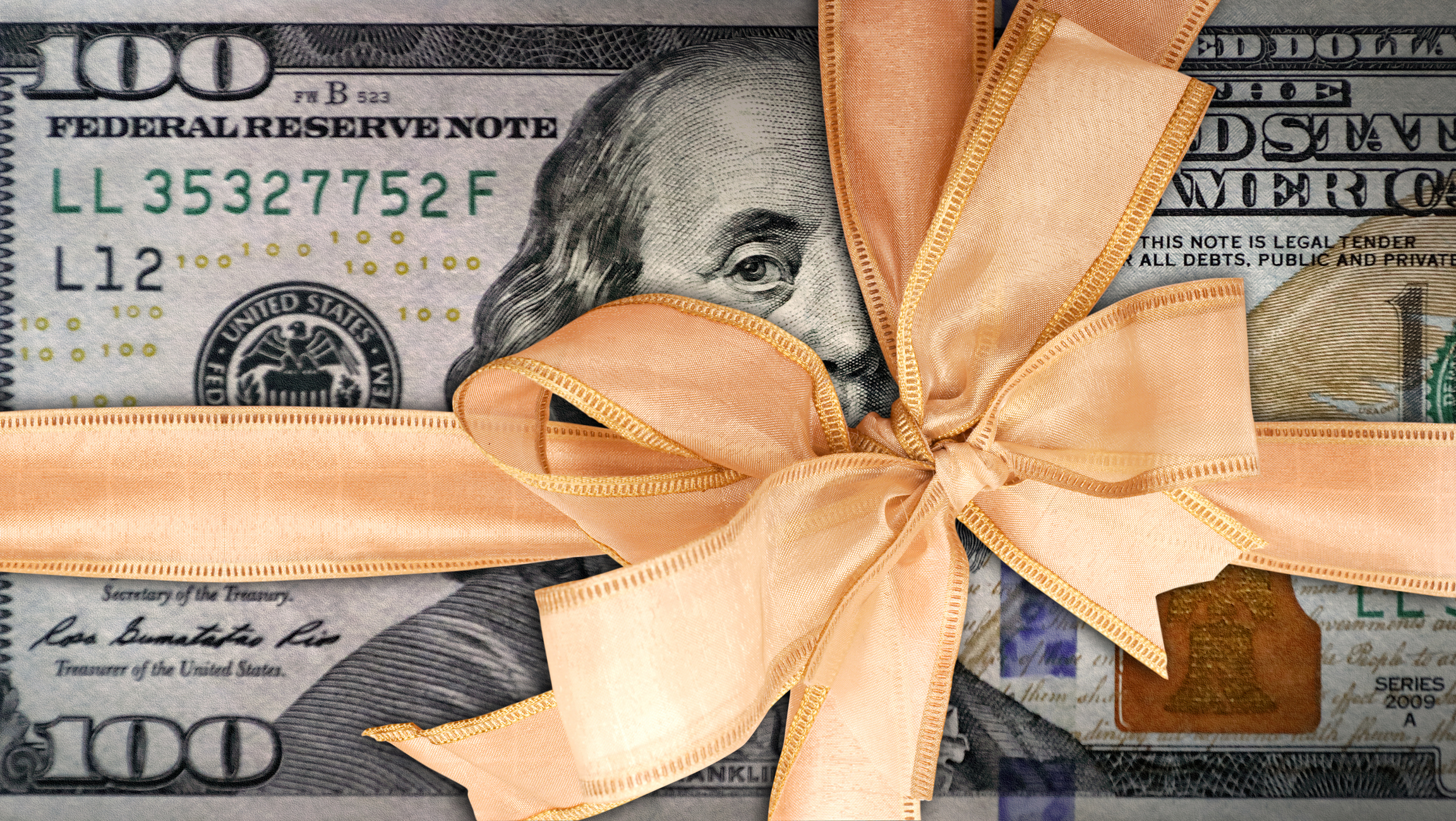
While not as shiny or exciting to open as other items on this list, shares of stocks or funds can make meaningful gifts with long-term investment potential. They're also likely much easier to come by than some other items on this list.
You could give Mom shares of a favorite publicly traded company. If the stock price is too high, many firms now allow you to buy fractional shares. Shares of a diversified fund, like an S&P 500 fund, or a dividend or income fund will give the gift of monthly income. There are also many socially responsible funds available if you want to help Mom invest according to her values.
To give shares as a gift, all you need is your mom's account information. Make sure this is a brokerage account that can receive shares in kind. You can then submit the transfer from your brokerage account to hers.
The exact process will vary by firm, and some may require you to submit the request in writing through a physical form. It may take a few days or up to a week for the shares to arrive in her account. After that, Mom gets to sit back and watch her gift grow.
Getting gifts for Mom — and tips for last-minute shoppers
There are many ways to give your mom a present that can makes a good long-term investment, from jewelry to wine or even shares of a publicly traded company. No matter which gift you choose, you'll show her how much you value her today — and tomorrow.
If you're still picking out a gift for this weekend, don't panic. Remember you can go to stores in-person to buy gifts you can present physically on Sunday (and keep states with low sales tax in mind if you have options of where to shop). And if you order a gift that will arrive after Sunday, you can present it smartly with a nice card and printed image of the gift item. These gifts will grow in value in the long-run — a few days won't make a big difference.
And one more tip: If you are making an investment in valuable physical items, you should also ensure you have sufficient insurance coverage. Explore some of today's best insurance offers with the tool below, in partnership with Bankrate:
Related Content
Profit and prosper with the best of Kiplinger's advice on investing, taxes, retirement, personal finance and much more. Delivered daily. Enter your email in the box and click Sign Me Up.

Coryanne Hicks is an investing and personal finance journalist specializing in women and millennial investors. Previously, she was a fully licensed financial professional at Fidelity Investments where she helped clients make more informed financial decisions every day. She has ghostwritten financial guidebooks for industry professionals and even a personal memoir. She is passionate about improving financial literacy and believes a little education can go a long way. You can connect with her on Twitter, Instagram or her website, CoryanneHicks.com.
-
 Holiday Tax Scams: 'Tis the Season to be Wary
Holiday Tax Scams: 'Tis the Season to be WaryTax Scams Navigating tax tricks of the holiday season may be daunting, but don't let that destroy your festive spirit
-
 Metro by T-Mobile Is Giving Away This Samsung Galaxy A16: Which Plans Are Eligible?
Metro by T-Mobile Is Giving Away This Samsung Galaxy A16: Which Plans Are Eligible?Metro by T-Mobile is offering free Samsung Galaxy A16 phones on eligible plans right now. Here’s how the deal works.
-
 I Drive and Collect Classic Cars: Here’s How I Got Started
I Drive and Collect Classic Cars: Here’s How I Got StartedAre classic cars a hobby or an investment strategy — or both? Either way, the vintage car scene is much cooler and more affordable than you think.
-
 Metro by T-Mobile Is Giving Away This Samsung Galaxy A16: Which Plans Are Eligible?
Metro by T-Mobile Is Giving Away This Samsung Galaxy A16: Which Plans Are Eligible?Metro by T-Mobile is offering free Samsung Galaxy A16 phones on eligible plans right now. Here’s how the deal works.
-
 I Drive and Collect Classic Cars: Here’s How I Got in the Game Without Spending a Fortune
I Drive and Collect Classic Cars: Here’s How I Got in the Game Without Spending a FortuneAre classic cars a hobby or an investment strategy — or both? Either way, the vintage car scene is much cooler and more affordable than you think.
-
 My First $1 Million: Retired Middle School Teacher, 68, North Carolina
My First $1 Million: Retired Middle School Teacher, 68, North CarolinaEver wonder how someone who's made a million dollars or more did it? Kiplinger's My First $1 Million series uncovers the answers.
-
 The $183,000 RMD Shock: Why Roth Conversions in Your 70s Can Be Risky
The $183,000 RMD Shock: Why Roth Conversions in Your 70s Can Be RiskyConverting retirement funds to a Roth is a smart strategy for many, but the older you are, the less time you have to recover the tax bite from the conversion.
-
 A Financial Pro Breaks Retirement Planning Into 5 Manageable Pieces
A Financial Pro Breaks Retirement Planning Into 5 Manageable PiecesThis retirement plan focuses on five key areas — income generation, tax management, asset withdrawals, planning for big expenses and health care, and legacy.
-
 4 Financial To-Dos to Finish 2025 Strong and Start 2026 on Solid Ground
4 Financial To-Dos to Finish 2025 Strong and Start 2026 on Solid GroundDon't overlook these important year-end check-ins. Missed opportunities and avoidable mistakes could end up costing you if you're not paying attention.
-
 Nasdaq Leads as Tech Stages Late-Week Comeback: Stock Market Today
Nasdaq Leads as Tech Stages Late-Week Comeback: Stock Market TodayOracle stock boosted the tech sector on Friday after the company became co-owner of TikTok's U.S. operations.
-
 9 Types of Insurance You Probably Don't Need
9 Types of Insurance You Probably Don't NeedFinancial Planning If you're paying for these types of insurance, you may be wasting your money. Here's what you need to know.